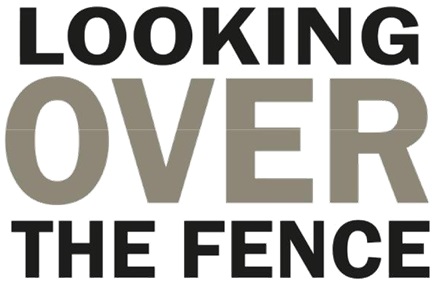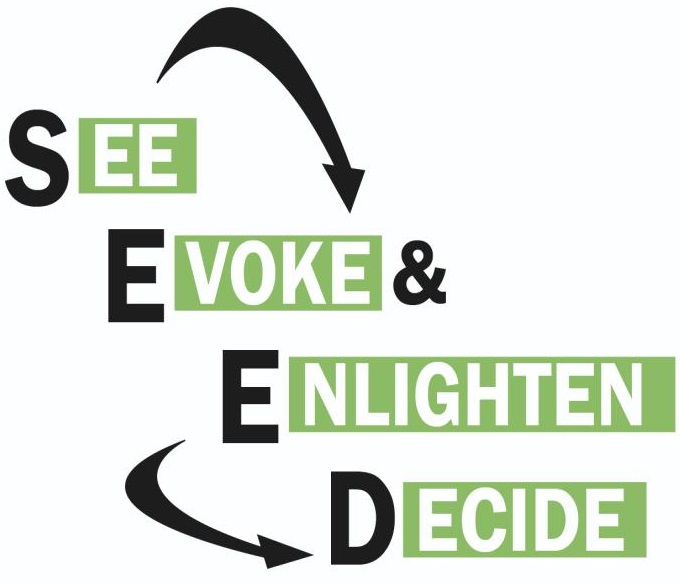A Coaching Model By Nichol White, Wellness Coach, UNITED KINGDOM
 The Seed Coaching Model was designed to help clients who are stuck in a pattern of making social comparisons to the detriment of their well-being. Making social comparisons is an exercise that can be considered both positive and negative, which is explored further in the research paper: ‘An Exploration of the Social Comparison Theory; How this knowledge can inform coaching practice’.
The Seed Coaching Model was designed to help clients who are stuck in a pattern of making social comparisons to the detriment of their well-being. Making social comparisons is an exercise that can be considered both positive and negative, which is explored further in the research paper: ‘An Exploration of the Social Comparison Theory; How this knowledge can inform coaching practice’.

This model is composed of two parts; the first is a visual and the second is an acronym. The visual tool can help generate awareness within the client about making social comparisons, it can highlight to a client when they are negatively making social comparisons. This may be enough for the client, they may not wish to take the discussion further but this tool can simply highlight to them that this may be getting in their way.

The second part of the model is the SEED acronym. This model can be used in any coaching conversation as a structure for the conversation. The model can easily be used in the social comparison context but is also transferable within any conversation.
Seed Acronym Explained
See
In this part of the model, the client will be invited to see what is happening in their life; through an exploration of feelings, behaviors, experiences, etc. This may be the time the coach notices that making social comparisons is hindering forward movement, this can be shared with an observation.
Questions to ask the client may be:
- What has been happening?
- What is the current situation like?
- How does that make you feel?
- What are you noticing?
- What do you see?
Example Observation:
May I share something? It seems that… What comes up when I share that back with you?
Evoke and Enlighten
The aim within this section is that the client will develop an understanding of what is happening; identifying any patterns that occur, why they are happening and how and when they show up in their life. Ideally, they will be able to name the emotion attached to this event, bringing about a deeper awareness.
Questions to ask the client may be:
- What impact is this having?
- How does this show up in other areas of your life?
- What emotion does this evoke?
- What is the root of (client’s terminology)?
- What patterns are you noticing?
- What would a life without (Client’s terminology) bring you?
- What are you learning about yourself?
- What has become clearer?
Decide
With this deeper understanding of what is happening, the client will be invited to decide what they would like to do with this new awareness and how they would like to address this issue.
Questions to ask the client may be:
- How can you use this learning in the future?
- What would you like to do with this new awareness?
- How could you move forward with (Client’s goal)?
- What could be your first step to achieve (Client’s goal)?
- What could support you with this?
How will you hold yourself accountable for the goals you set today?
Learn How to Create Your Own Coaching Model
Your Coaching Model reflects your values,
philosophies and beliefs and must communicate who you will coach
and the problems you will solve. Read more about creating your coaching model
